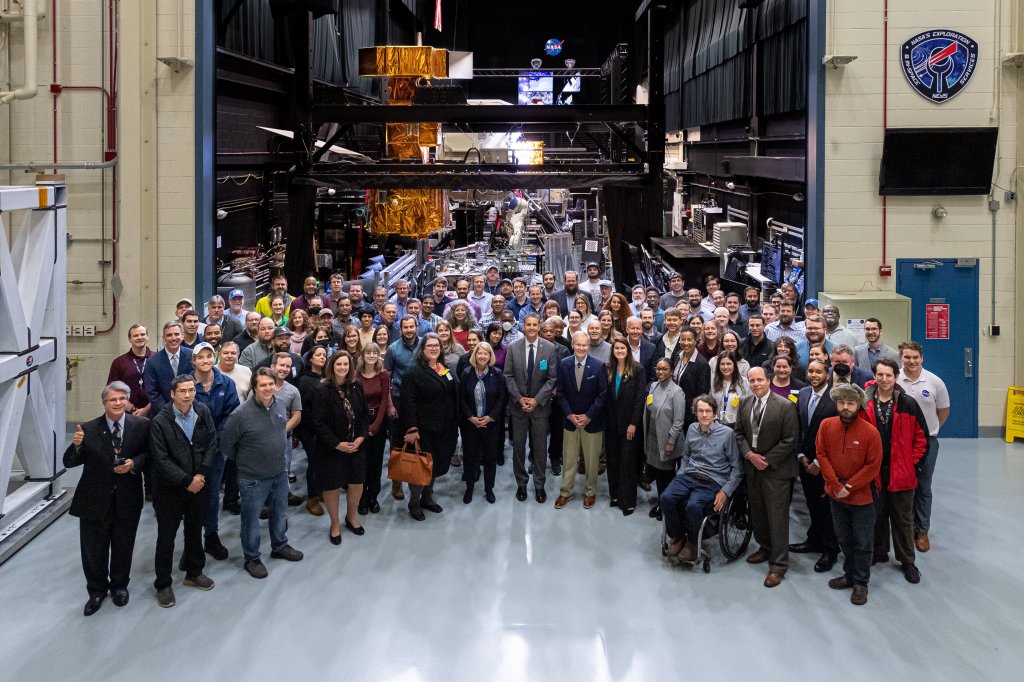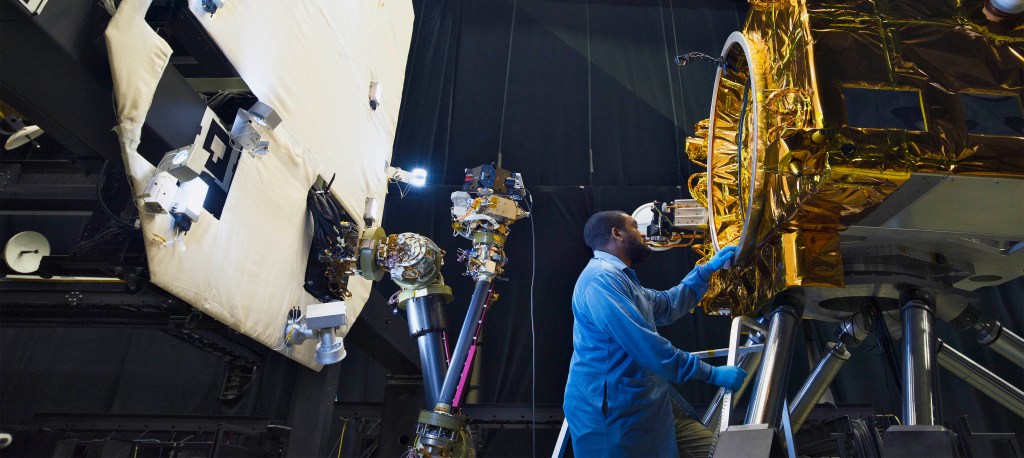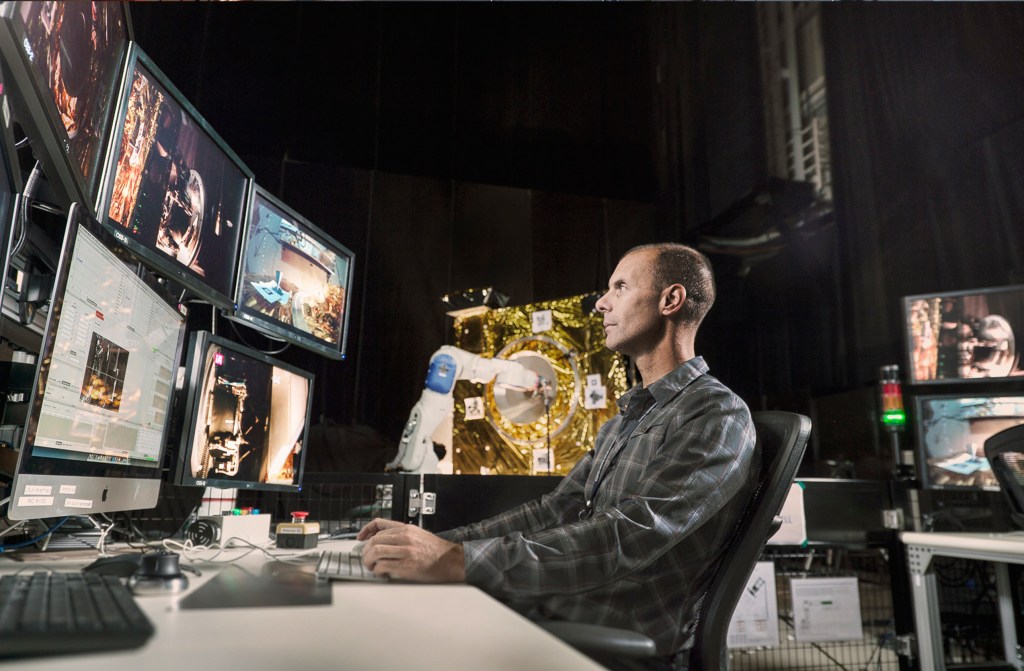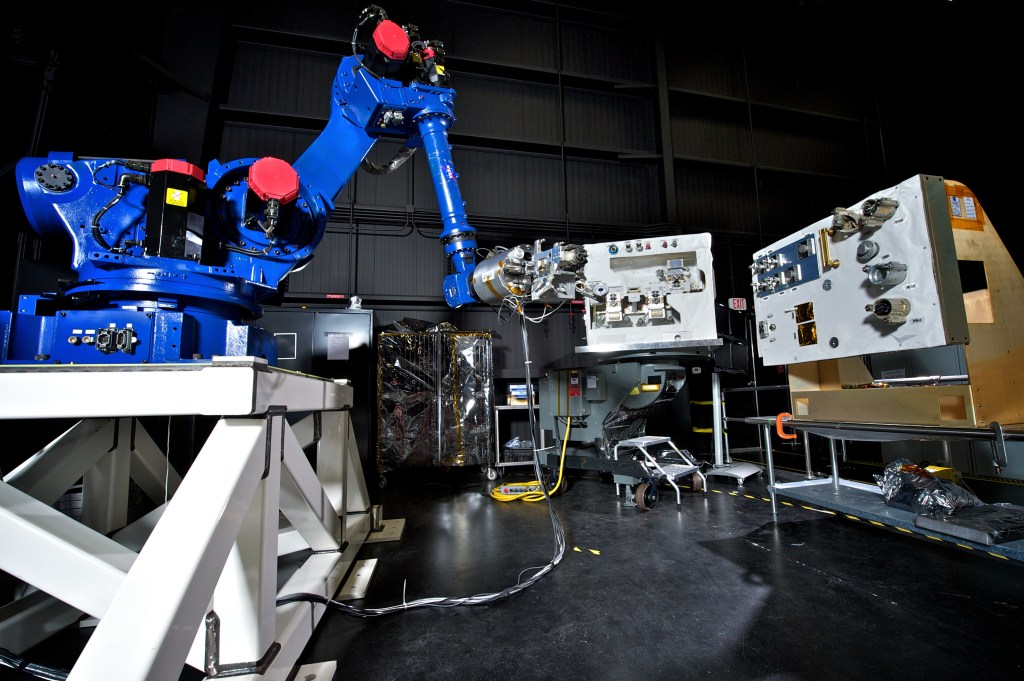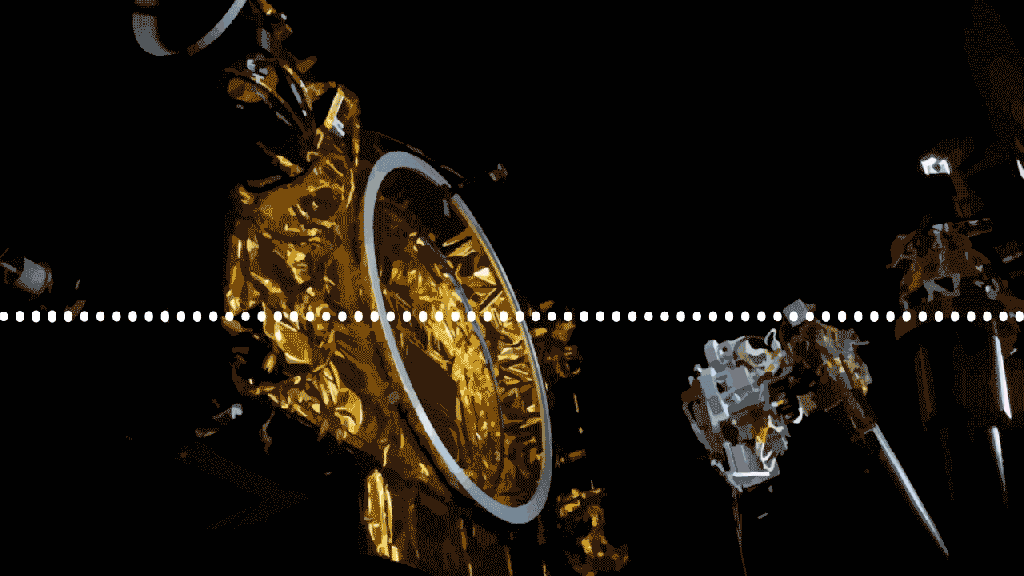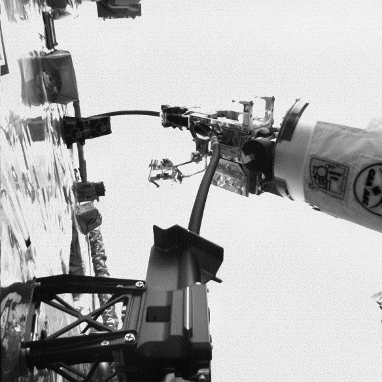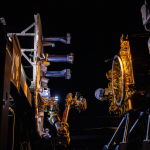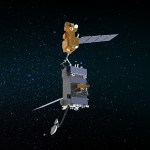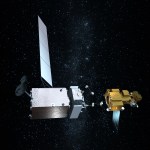About NExIS
NASA’s Exploration and In-space Services is ushering in an era of more sustainable, affordable and resilient spaceflight near Earth, the Moon and deep into the solar system. To do this, the Division develops groundbreaking technologies to service spacecraft and pioneer in-space assembly and manufacturing. NExIS promotes U.S. leadership and new industries by collaborating with and transferring technologies to civil, security and commercial stakeholders.
NExIS continues the legacy of the five successful Hubble Space Telescope Servicing Missions (1990-2009), the Satellite Servicing Capabilities Office (2009-2016), and the Satellite Servicing Projects Division (2016-2020).
The spirit of innovation still runs deep among the entire division. The passion to challenge the status quo of “One and Done” missions burns as bright as ever. NASA’s Exploration & In-space Services (NExIS) will carry on the skunkworks environment of Satellite Servicing Projects Division (SSPD), Satellite Servicing Capabilities Office (SSCO) and Hubble servicing missions to position the United States as the global leader in in-space services from repair, refueling and disposal, to assembly and manufacturing.
Servicing Technology Development Centers
The two special facilities at NASA’s Goddard Space Flight Center answer the question: “How will it work in space?” The Robotic Operations Center and the Servicing Technology Center act as incubators for satellite servicing technology – rooms where space systems, components and tasks are put to the test in simulated environments, honed and refined, and finally declared ready for action in orbit.
Operating under the mantra of “test, test, and retest,” these Earth-bound facilities use industrial robots, a motion-based platform, and customized algorithms to create simulations of space operations on large and small scales.
Capabilities range from simulating a robotic arm servicing a satellite in space, to practicing how a satellite would approach a object (such as a client spacecraft or a rotating asteroid), to seeing how fuel sloshing in a tank or thruster firings would affect a satellite’s behavior in microgravity. Mission developers use the facilities’ data to fine-tune systems, controllers, and systems for optimum performance and environment interaction.
Another facility operated by the West Virginia Robotic Technology Center (WVRTC) provides an additional test area for servicing technologies.
The Robotic Operations Center
The Robotic Operations Center, or ROC, is the newest facility for satellite servicing development.
Within its black, curtain-lined walls, the team is testing technologies and operations for multiple exploration and science missions, including the OSAM-1 mission. The ROC has been continuing and expanding the work of the Servicing Technology Center since the summer of 2015, and houses multiple robots including a hexapod robot which simulates the movement of a satellite in space.
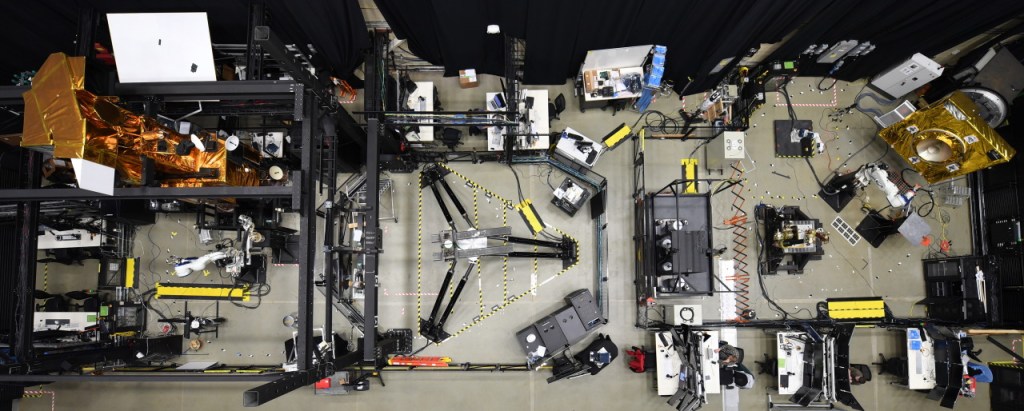
The Servicing Technology Center
The Servicing Technology Center, or STC, has served as a home base for the technology and operations development since 2011.
In particular, the team relies heavily on the STC facility to develop, integrate, and test elements of NASA’s Robotic Refueling Mission, or RRM. Since 2011, this International Space Station experiment has been demonstrating robotic satellite-servicing tools, technologies and techniques. From the precise placement of cameras on the tools to robotic procedures and hardware development, the STC plays an essential role in RRM development, and is continuing to support RRM’s on-orbit operations on space station.
The Servicing Technology Center also served as the command center for 2014 Remote Robotic Oxidizer Transfer Test, an event that demonstrated new technologies and tools to transfer propellant in space.
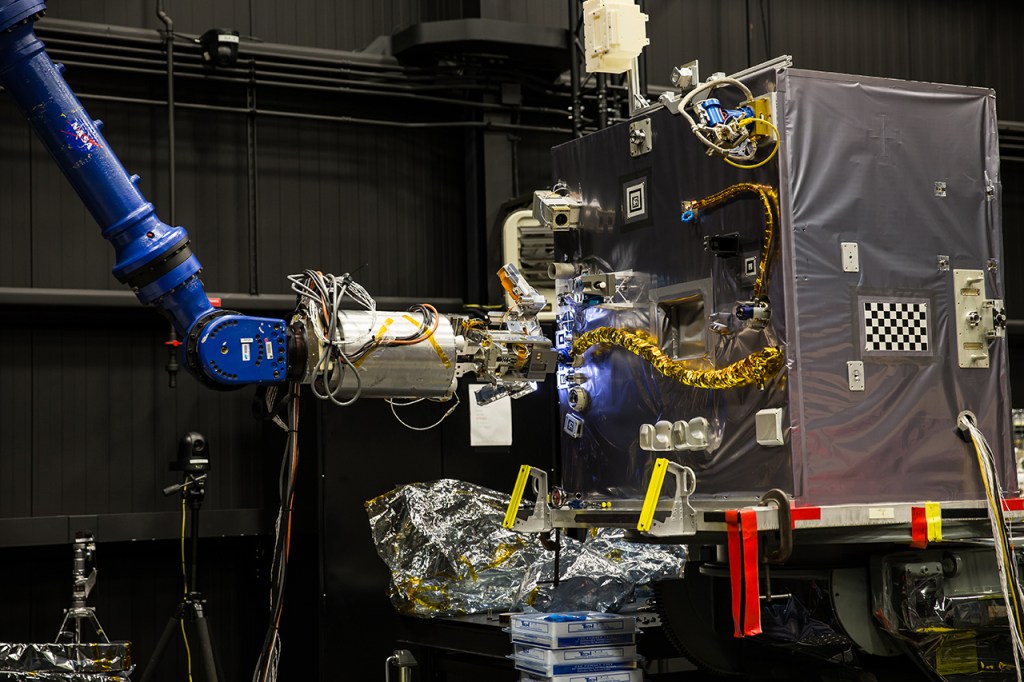
West Virginia Robotic Technology Center
The team works closely with the West Virginia Research and Technology Center in Fairmont, W.Va.
Their facility is characterized by dark walls, a combination of industrial and space-qualified robots, and full-scale “mockups,” or models, of space vehicles. The WVRTC focuses on developing and evaluating emerging technologies.
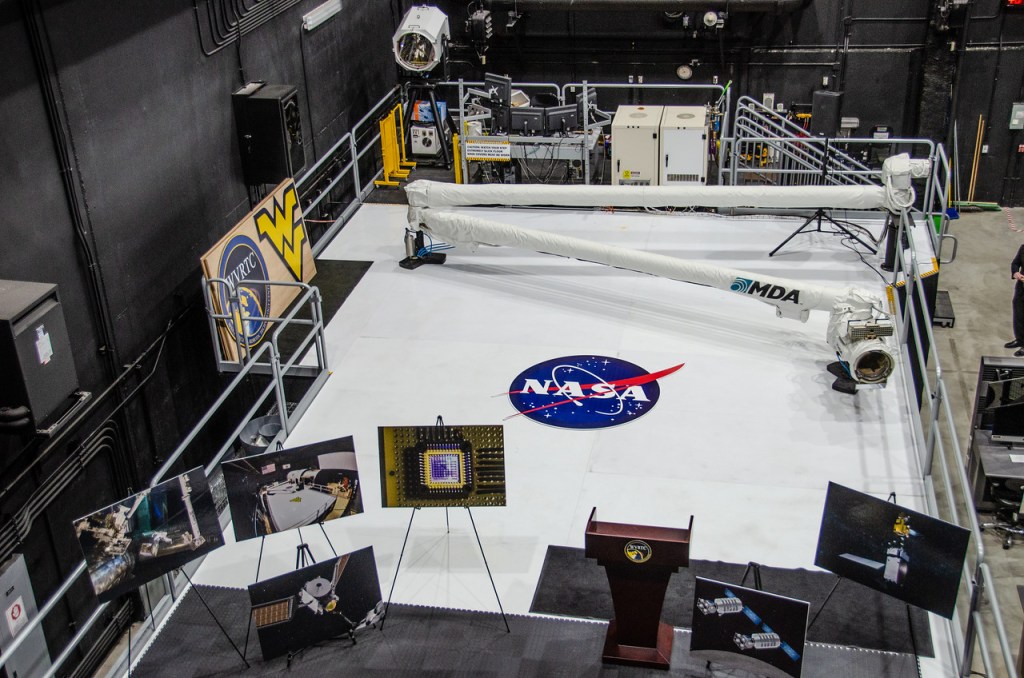
Building on Past Achievements
In the past, the Goddard team has used robotic simulations at Goddard to demonstrate lunar rover modularity and serviceability (2007), test optical recognition sensors and relative navigation sensors (2007), dynamically simulate a proposed Lunar Surface Manipulator System (2008), and support preparations for the Hubble Space Telescope Servicing Mission 4 (2009). The Goddard team also completed Robotic Refueling Missions 1, 2, and 3 (beginning in 2009) that tested tools, technologies and technologies on the International Space Station aimed to refuel and repair satellites in orbit.
In 2011, personnel from the West Virginia facility worked with researchers from NASA’s Langley Research Center to start to develop procedures to construct a large rod and joint simulated space structure that could be used as a telescope mirror platform.
What Makes Them Unique
The Goddard facilities are more than just simulation labs – they are development centers and technology test beds all in one.
Unlike labs that rely on two-dimensional air floors and gravity off-load systems to perform simulations, the facilities use a three-dimensional dynamic simulator powered by industrial robots and a motion-based platform that offer a wide range of motion and dexterity. This allows facilities to deliver large- and small-scale simulations with both mockups (models) and actual flight hardware.


























